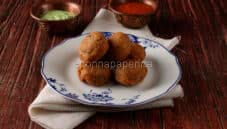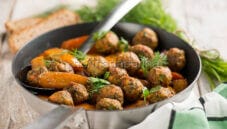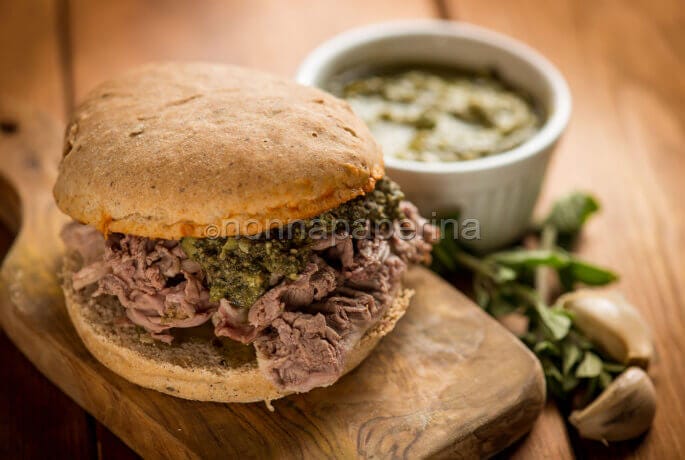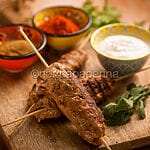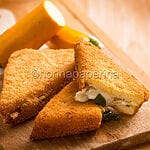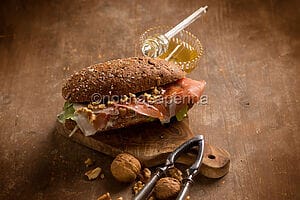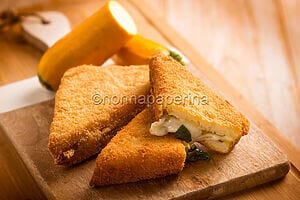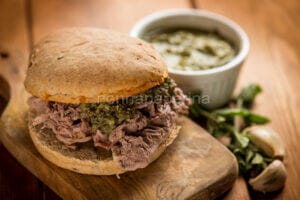
Kofte, spicy, and light meatballs from Turkey

Kofte, an amazing recipe
Kofte is a light lamb meatball that is also extremely spicy. Above all, the grilling method (using nonstick pans) deserves the most praise because it eliminates the need for oil, butter, or lard. Kofte is one of the typical dishes of Turkey, although similar recipes are found in Iran, the Middle East, and also in Greece. This is not surprising; in fact, Turkish and Greek cuisine have a lot in common thanks to their geographical proximity and the Ottoman dominance in the Balkans, which lasted more than half a millennium.
The process of making kofte is the same as that of other “Mediterranean” meatballs, and it’s quite simple. All you need to do is combine the ingredients, work up a dough, let it settle in the refrigerator for thirty minutes, and then roll it into balls. These ought to be somewhat oval in shape and be the size of a walnut.
Recipe kofte
Preparation kofte
- To prepare the kofte, proceed in this way: chop the onion, garlic, and parsley. Then combine this mixture with the egg, the minced meat, a little salt, and the spice mix. Finally, add the breadcrumbs and start kneading. The mixture should be smooth and regular. Then put this mixture in a bowl, cover it, and let it rest in the fridge for 30 minutes.
- After this time period, take a portion and form the meatballs. They should be the size of a walnut and have a vaguely oval shape.
- Thread the meatballs with skewers and cook them on the grill, cook them 3 minutes each on both sides (6-7 minutes should be enough).
- Serve the Turkish meatballs with sauces and side dishes of your choice.
Ingredients kofte
- 450 gr. of minced lamb meat
- 1 onion
- 1 egg
- bread crumbs
- 15 gr. of parsley
- 5 gr. mint
- 1 clove of garlic
- spices (cumin
- paprika
- oregano
- and sumac)
- salt and pepper
What to know about lamb meat
The true distinction between kofte and our meatballs, at least in terms of flavour, is the kind of minced meat that is used. Instead of using pork in this recipe, which is forbidden by Islam, lamb is used. Lamb is a highly tasty meat with intriguing rustic game flavours. Contrary to popular belief, it is classified as red meat and is consequently distinguished by a notable excess of iron and other trace elements present in beef and pork.
Lamb meat is generally marinated to soften its flavor and texture. In this case, however, it is not necessary because minced meat is used (which is already very soft) and because the flavor is balanced with the use of many spices.
Regarding calorie intake, lean beef has an approximate caloric content of 110 kcal per 100 grammes.
Many spices are used in preparing kofte
These delicious Turkish meatballs cannot be made without substantial flavouring; the mixture is then enhanced by a mix of spices. What spices are used specifically? It depends on the result you want to achieve. If you want “minimal kofte,” you can use only oregano and cumin. The first transmits aromatic but bitter notes, while the second stands out for its vaguely sweet hints reminiscent of fennel seeds.
However, you can add paprika and sumac if you want your kofte to be really aromatic and tense. In the richer components, paprika makes a strong appearance, and sumac contributes subtle flavours that alternate between being reminiscent of vinegar and lemon.
It is crucial to consider the effects of each spice and anticipate how it will combine with the others. There’s a great chance that you will cover up the flavour of the lamb meat and create an excessive amount of stark contrast.
How to create an intolerance-proof Kofte
Kofte is a traditional recipe; therefore, it does not take into account the needs of celiacs and lactose intolerants. In reality, the latter have nothing to fear, as the same original recipe does not require milk or derivatives. Turkish meatballs are devoid of cheese, in contrast to many “local” varieties.
It is a different story for celiacs; in fact, the list of ingredients includes breadcrumbs, which are generally made with wheat flour. How to go around it? Simple: just use bread made with gluten-free flours with an excellent dough yield, such as rice and corn flour.
What about people who are nickel-sensitive and allergic? In this instance, the availability of spices, which vary in their nickel content, is concerning. In this case, the only solution is to give up the spices, distorting the recipe as a whole.
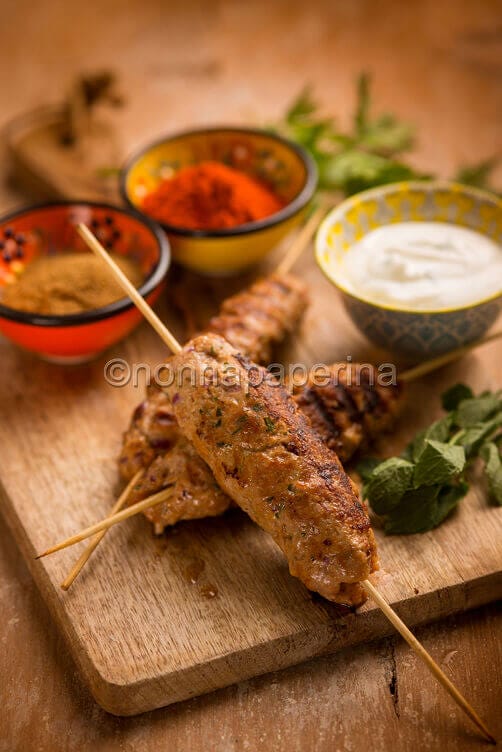
How can Kofte be improved?
Add a couple additional spices to the kofte to make it more tasty. For the accompaniment, tzatziki sauce, which is popular in Greece and Turkey, is perfect. Gherkins and strained plain yoghurt are the ingredients for this kind of sauce. The taste is quite subtle, slightly milky, and acidic. It goes without saying that you are free to use any sauce you like, even the most popular barbecue sauce.
As for the side dishes, however, you are spoiled for choice. If you want to opt for a traditional approach, accompany the kofte with good pilaf rice. If you want to go classic, serve the meatballs together with the french fries. Another interesting solution is fried peppers.
There are many regional variations of kofte, each with its own unique twist. For example, Turkish koftas often include herbs like mint and coriander, while Greek koftas often include yoghurt and lemon.
The different types of Köfte: a gastronomic journey into Turkish cuisine
Köfte is a meal that is highly appreciated in Turkish cuisine. It varies in taste depending on the ingredients, preparation techniques, and form. We examine the various köfte varieties, ranging from the most basic to the most complex, that embody the richness and variety of this culinary tradition.
İnegöl Köfte: This kind of köfte is mostly composed of ground beef, onion, and garlic and is named after the city of İnegöl. Cooked in broth as opposed to being fried or roasted.
İskender Köfte: A variation of the famous İskender Kebab, this version serves the köfte on pita bread, covered in tomato sauce and melted butter, and often accompanied by yoghurt.
Akçaabat Köfte: From the Black Sea region, this köfte is made of beef and lamb and is spiced with black pepper and garlic. It is known for its slightly elongated shape.
Çiğ Köfte: Unlike other variations, çiğ köfte is a raw specialty. Originally made with raw meat, today it is often prepared in vegetarian versions with bulgur, tomatoes, and a variety of spices.
Kadınbudu Köfte:Meaning “woman’s thigh,” this köfte is made of a mixture of meat and rice, wrapped in dough, and then fried. It is a crunchy and juicy delicacy.
Sulu Köfte: This is a type of köfte prepared in vegetable or meat broth. The consistency is more like that of a meatball, and it is often enriched with tomatoes, peppers, and other vegetables.
Mercimek Köfte: This is a vegetarian köfte made with lentils and bulgur. It is a very popular dish among vegetarians and is often served as an appetizer.
These are just some of the many types of köfte that can be found in Turkish cuisine. Every region, and sometimes even every family, has its own version of this versatile dish. From sweet to spicy, from fried to boiled, köfte is a true emblem of Turkish gastronomic richness. Trying the different variations means embarking on a journey through the flavours and traditions of a fascinating culinary culture.
Kofte FAQs
How is Turkish kofte made?
Turkish kofte is made like all other meatballs; that is, a mixture based on bread crumbs, eggs, lamb meat, and herbs is prepared. The cooking takes place on a griddle, which is quite light as it has no added fat.
What does kofte mean?
“Kofte” means “pounded meat.” This is a clear reference to the grinding phase and the mixing phase. The term, however, is not Turkish but Persian; in fact, the recipe derives from a similar dish originating from Iran.
How is the food in Turkey?
Turkish food is excellent because it combines elements of the Mediterranean and the East. In general, it focuses on meat and spices without exaggerating. Excellent sauces are also available, including the well-known (but not exclusively Greek) tzatziki sauce.
What meat do Turks eat?
Although they eat a wide range of meats, Turks are particularly fond of sheep, lamb, and mutton. There are plenty of classic dishes that highlight these meats, but there are also several that include veal. Since pork is strictly forbidden by religion, it is nearly nonexistent.
Do we have any meatball recipes? Of course, yes!
COULD IT BE INTERESTING FOR YOU

Sandwich with Ham and Honey: A Gourmet Second...
Ciabatta bread, the perfect bread for gourmet sandwiches Why did I choose ciabatta bread for this raw ham sandwich? There are many reasons. In addition to being exquisite to look at, its golden...
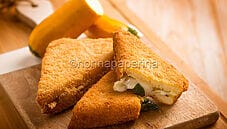
Zucchine in carrozza, a recipe with delicious ingredients
Which kind of zucchini is best for making zucchini in carrozza? It is reasonable to wonder which of the many zucchini kinds available on the market is most suited for the recipe for zucchini in...
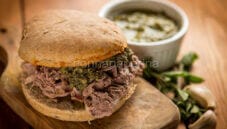
Lampredotto sandwich, a snack of yesteryear
The Tuscan sandwich, a popular fast-food The spannocchia and the maw are the two components that make up the abomasum. The flavor is unusual and somewhat delicate, and despite what you may expect,...



